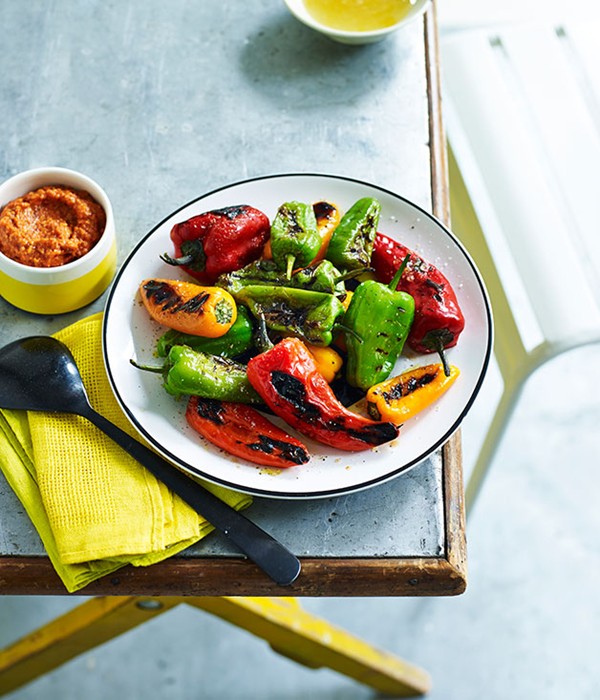Is the Scoville scale antiquated?
September 1, 2022 by DarciePeter Piper may have picked a peck of pickled peppers, but he never weighed in on how hot they are. Different varieties pack varying levels of heat, and it can fluctuate between one pepper and another of the same type (shishito peppers often come with a warning on the label explaining that about 1 in 10 might be much hotter than the others). Most people measure how hot a pepper is by expressing the heat in Scoville units, named after James Scoville who invented the scale. Food writer Tamar Haspel thinks the Scoville scale is out of date, and she proposes a new way to rate pepper heat.

Scoville invented his scale in 1912 using human tasters and a lot of sugar, as Haspel explains. Scoville dried peppers and dissolved them in alcohol. After that the process was diluting the pepper with copious amounts of sugar water until “three of a panel of five humans — yes, humans — can no longer taste the heat. If you have to dilute one unit of capsaicin-infused alcohol with 10,000 units of sugar water for the pepper’s flavor to be undetectable, that pepper rates 10,000 on the Scoville scale.”
Haspel believes a better way would be to measure the capsaicin in parts per million using a high tech scientific measuring device, the liquid chromatograph. This would take the human subjectivity out of the process. This would allow us to develop a more logical scale, says Haspel. She recommends a 1-10 scale, with habaneros as a 10 and poblanos as 1. Hotter peppers could exceed a 10, she says, allowing the heat seekers unlimited opportunities to develop ever-hotter varieties. Oh, and one last thing: like Scoville, Haspel is naming the scale after herself. “Since I’m not getting any younger, and opportunities for immortality are thin on the ground, I think we should name this scale after me,” she says.
Categories
- All Posts (6940)
- Antipasto (2135)
- Author Articles (247)
- Book News (935)
- Cookbook Giveaways (983)
- Cookbook Lovers (257)
- Cooking Tips (109)
- Culinary News (299)
- Food Biz People (552)
- Food Online (791)
- Holidays & Celebrations (272)
- New Cookbooks (149)
- Recipes (1500)
- Shelf Life With Susie (231)
- What's New on EYB (133)
Archives
Latest Comments
- eliza on What foods do you look forward to the most for each season?
- kmwyman on Rooza by Nadiya Hussain – Cookbook Review and Giveaway
- Maryd8822 on The Golden Wok – Cookbook Giveaway
- Dendav on Danube Cookbook Review and Giveaway
- sanfrannative on Rooza by Nadiya Hussain – Cookbook Review and Giveaway
- darty on Danube Cookbook Review and Giveaway
- Atroyer7 on Danube Cookbook Review and Giveaway
- demomcook on What foods do you look forward to the most for each season?
- demomcook on Danube Cookbook Review and Giveaway
- Darcie on How cookbooks can help build resilience